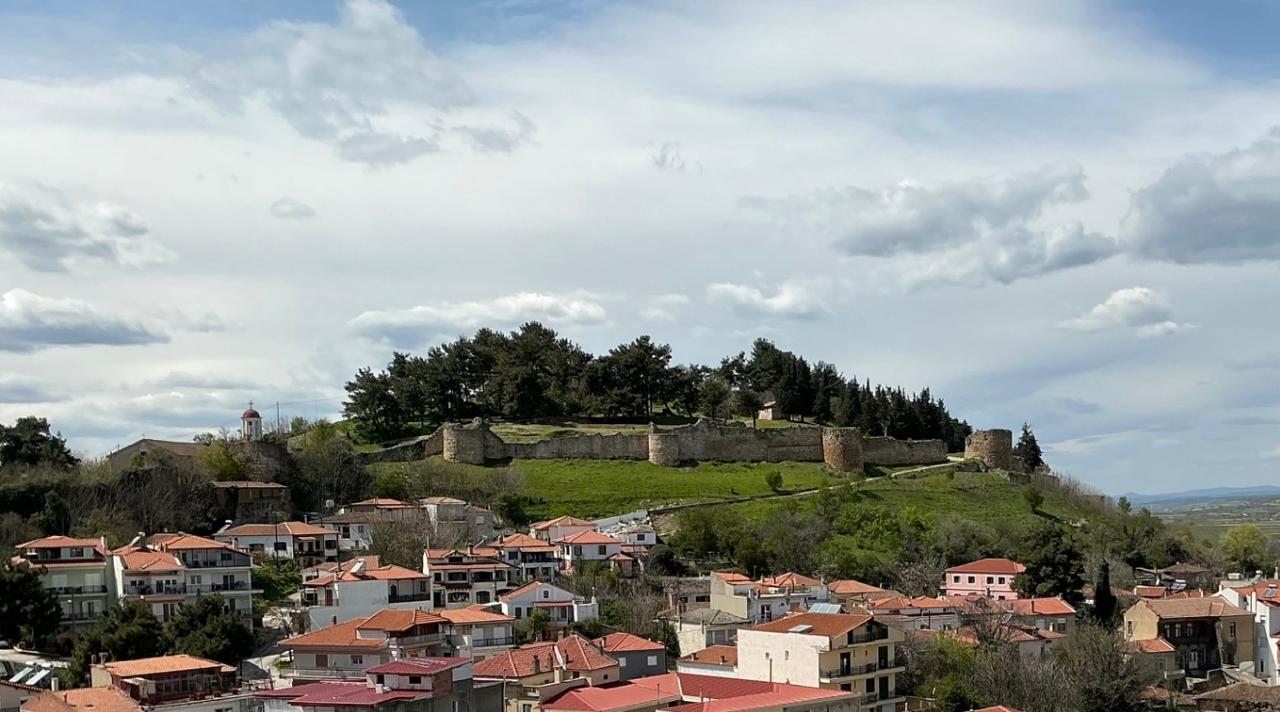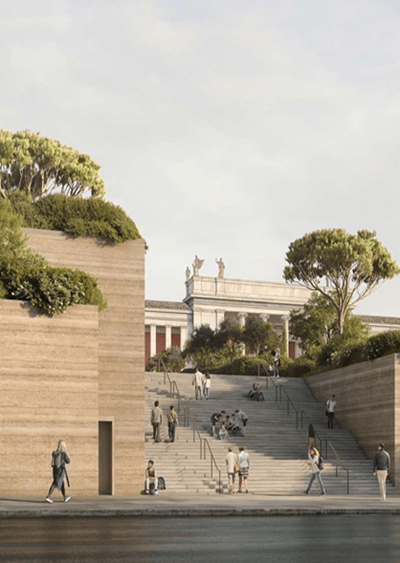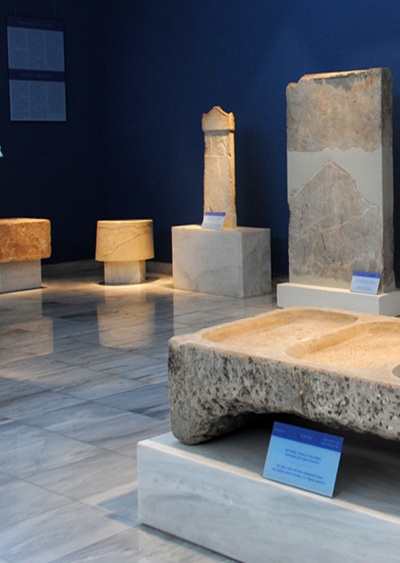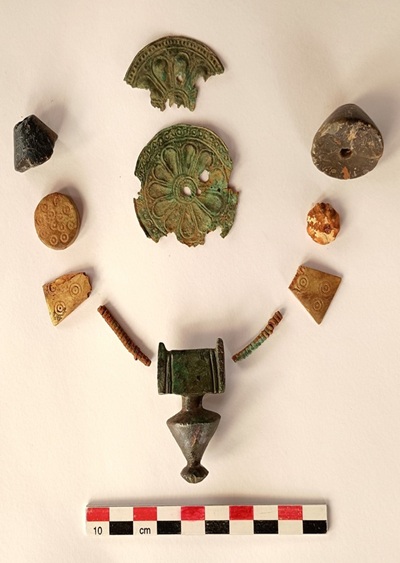
The Minister of Culture, Lina Mendoni, head of the official delegation, conducted an on-site inspection of the Vayazit Mosque in Didymoteicho, which is currently undergoing restoration, as part of a working visit to monitor the progress of the project, which is part of the Ministry’s strategy to protect and promote the cultural heritage of Thrace.
Climbing to the highest levels of the scaffolding, which reach 18 meters, the Minister had the opportunity to see the construction of the monument’s wooden roof and the restoration of the minaret. The wood used is natural green oak, with particularly large cross-sections and lengths—some beams have a cross-section of 0.35 x 0.45 and a length of 13.5 m—which comes from sustainably managed forests in France, Switzerland, and Germany. The timber used in the reconstruction of the mosque’s roof has been cut to size and certified for strength by local sawmills in accordance with the specifications set out in the approved study. Most of the wood for the roof structure has already been installed on the top of the walls and the first layers of the monument’s interior pillars. At the same time, the minaret is being dismantled up to the top of the masonry in order to complete its structural restoration, reusing the material that has not been damaged by the fire and supplementing it with new material.

Presentation of the research project for the restoration and promotion of Didymoteicho Castle
Subsequently, at the Byzantine Museum of Didymoteicho, a presentation was given on the research program developed by the Ministry of Culture in collaboration with Aristotle University of Thessaloniki on the prioritization and methodology of restoration interventions at Didymoteicho Castle, its protection, and its functional connection with the urban environment.
In the first phase of the research program, applied research was conducted for the analysis, recording, and historical and architectural documentation of the entire monument, and its pathology was examined at the level of the whole and its individual parts. In the second phase, priorities were identified, based on a costed strategic plan, for the planning of the necessary interventions to highlight the monument, with an emphasis on the parts with the most critical structural problems, but also the reconstruction of the site with the restoration of the paths and its immediate surroundings.

Based on the results of the program, immediate interventions are planned for the two gates: Bridge Gate and Market Gate, and four towers: P1, P2, P3, P4. The cobblestones on the paths between the two gates are being restored to improve mobility within the Castle, the cavities are being preserved and spot repairs are being made to the walls, with priority given to sections where the masonry has collapsed. A viewing area is being created facing Tower 1, also known as the Tower of Vasilopoula. At the same time, some expropriations and the management of abandoned structures are necessary.
In its current form, the castle dates back to the 6th century AD. During the Byzantine Empire, Didymoteicho was an important commercial, administrative, and military center. Its important geostrategic position had already been noted in ancient times. This was also due to its strong fortifications, with thick walls forming its perimeter. Today, most of the castle remains intact. There are a total of 24 towers along the perimeter of the walls, which are 1,300 meters long. Inside the castle enclosure, there are scattered carved caves, which were used as dwellings. According to historical sources, the walls of Didymoteicho were rebuilt during the reign of Justinian and reinforced in 751 AD, during the reign of Constantine V, and later in 1303. In 1713-14, King Charles XII of Sweden was held in semi-captivity at the Castle of Didymoteicho. Inside the castle grounds there is a small stone chapel and the present-day Armenian church of St. George (Sourp Kevork). It was built on the site of the Byzantine church of St. George of Palaiokastriti, where John VI Kantakouzenos was crowned emperor on October 26, 1341.







Leave A Comment